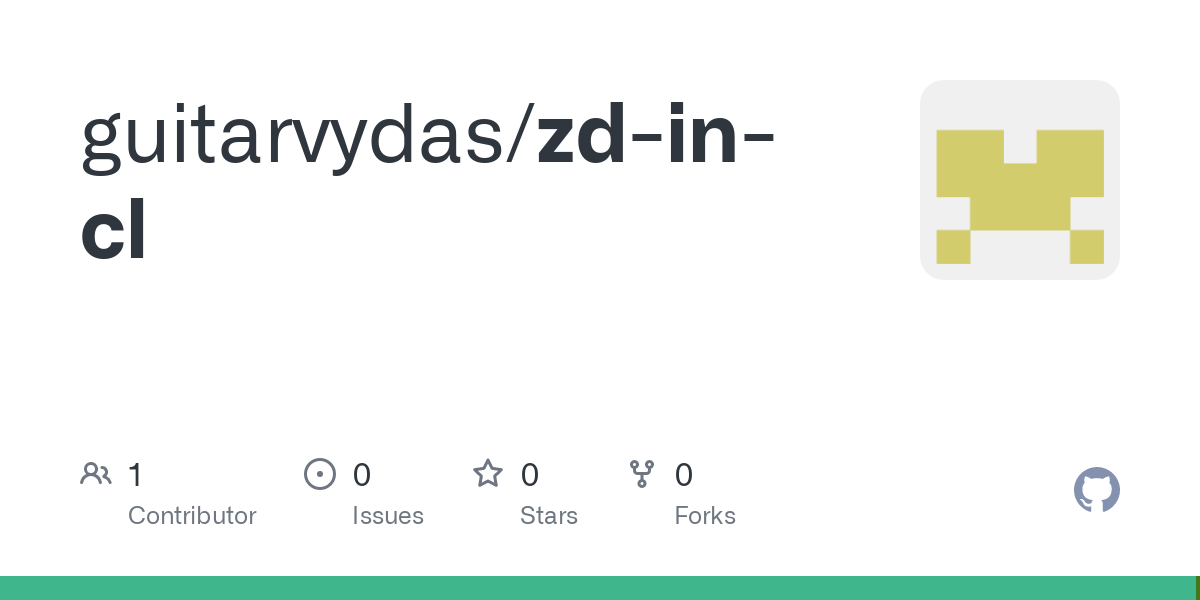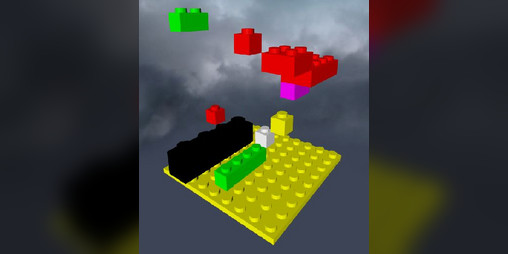talked about smalllisp
aside: Lisp is assembler, but, with a recursive syntax
today:
advantage of pure FP: allocation is always stack based, no need for full-blown GC, GC can be simple & optimized with knowledge of stack-based allocation
then, replace ASCII glyph with Unicode glyph (UTF-8?), to make smalllisp be Unicode compatible
talked about “Square Meal” lisp game jam entry
talked about PEGs in Janet - used to browse Python files
mentioned
discussed .PNG files in
foresee - replace car of atoms with single glyph instead of packed glyphs (“efficiency” not as big a concern in 2024 as it was in 1950s)
foresee: smalllisp as tiny “embedded” language to compute, called by another language (e.g. statechart) which deals with mutation and storing), i.e. don’t “bloat” FP with mutation
I stumbled across Forsp while thinking about CBPV and minimalist bootstrapping languages (unrelated project). It kind of just appeared and then has continued to surprise me. In many ways it feels more fundamental than Lisp or Forth. It appears to be both simpler than Lisp and more powerful than Forth.
closures and queues
basic principles of 0D, minimal and not practical example
DPL (Diagrammatic Programming Language) using off-the-shelf draw.io
status: stripped down cl0D
status: small lisp
discussion: PEGs in Janet
lisp game jam - entry post-mortem
full blown 0D working with draw.io, but, not yet written in CL



















